How to Force Delete A File on Windows 11/10/8/7? [Can't Delete File Solutions]
How to Force Delete a File That Cannot Be Deleted Windows 11/10
Fast fix - you can use Shift + Delete to delete files or folders permanently. If you still can't delete files in Windows 11/10, check the 4 ways in this post on how to force delete a file that cannot be deleted on your Windows 11/10 computer.
| Workable Solutions | Step-by-step Troubleshooting |
|---|---|
| 1. End Task from Task Manager | Go to Start, type Task Manager, and choose "Task Manager" to open it...See how to force delete a file |
| 2. Delete Files/Folders Using CMD | Press the Windows key + R and type cmd to open the Command Prompt...See how to force delete a file |
| 3. Use Safe Mode to Delete Files | Open "Settings" > Click on "Update & Security" > Click on "Recovery"...See how to force delete a file |
| 4. Using a Third-party Tool | Launch BitWiper, right-click the partition you want to erase > click "File Shredder"...See how to force delete a file |
Why Can't I Delete A File/Folder on Windows 11/10/8/7
Sometimes you might encounter a folder that you're unable to delete. If you want to fix this problem, you must know the reason first. Generally, the file is used or locked would be the main reason. Otherwise, a virus must be taken into account.
It's most likely because another program is currently trying to use the file. This can occur even if you don't see any programs running. When a file is open by another app or process, Windows 11/10 puts the file into a locked state, and you can't delete, modify, or move it to another location. Usually, after the file is no longer in use, the application will unlock it automatically, but that's not always the case. Sometimes, a file may not unlock successfully, and even if you try to take any action, you'll see a warning that the operation can't be completed because it's open by another program.
Before you take actions to delete the undeletable files, you can first try these simple tips and delete these files:
- Close all the programs.
- Restart your computer.
- Let the antivirus scan your computer to see if there's a virus on your computer and get rid of it.
If these files still exist, the following methods would do a favor to you.
Method 1. How to Delete A File That It Is Open in System from Task Manager
Usually, can't delete file because it is open in system. You could receive the information when you can't delete a file, like this screenshot, files cannot be deleted if the file is open in an application.
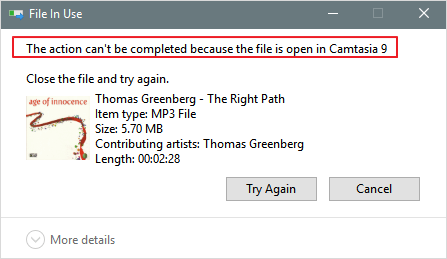
To force Windows 11/10 to delete a file, you can follow the steps below:
Step 1. Go to Start, type Task Manager, and choose "Task Manager" to open it.
Step 2. Find the application that is currently using the file, and select "End task".
Step 3. Then, try to delete the file again on your Windows PC.
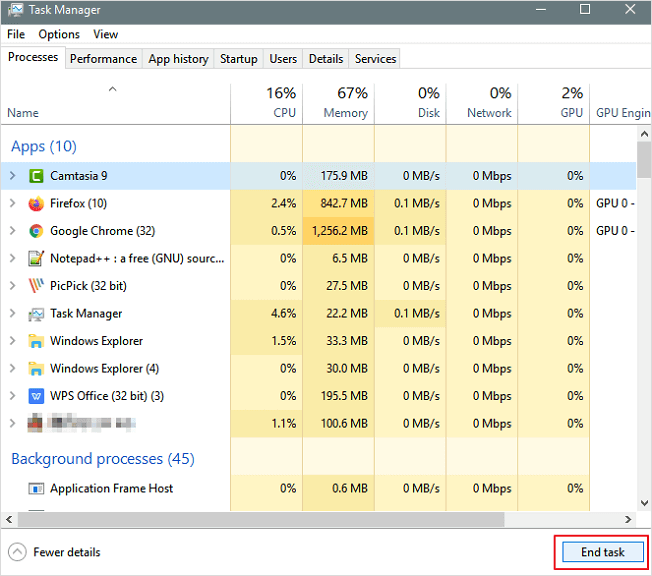
Method 2. How to Delete A File that Won't Delete with Command Prompt
Using Command Prompt for deletion is sometimes more efficient, and you definitely should give it a try. Here's what you need to do to delete a certain file or folder with Command Prompt:
Step 1. Press the Windows key + R and type cmd to open the Command Prompt or just search for Command Prompt at the start. Click the "Run as administrator".
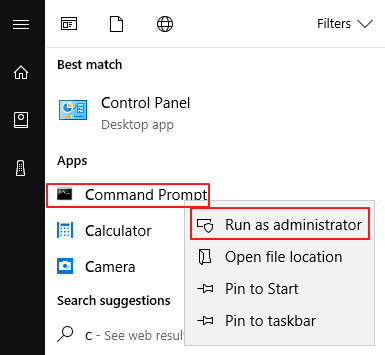
Step 2. In the Command Prompt, enter del and location of folder or file you want to delete, and press "Enter" (for example del c:\users\JohnDoe\Desktop\text.txt).
Method 3. Enter Safe Mode to Fix "File Won't Delete"
Usually, when you come across a locked file, you can simply restart your device to unlock it. If it doesn't work, you can boot into Safe Mode to unlock and delete the file.
Step 1. Open "Settings" > Click on "Update & Security" > Click on "Recovery" > Under "Advanced Startup", click the "Restart now" button.
Step 2. Click on "Troubleshoot" > "Advanced options" > "Startup Settings".
Step 3. Click the "Restart" button.
Step 4. On "Startup Settings," press F4 to enable Safe Mode.
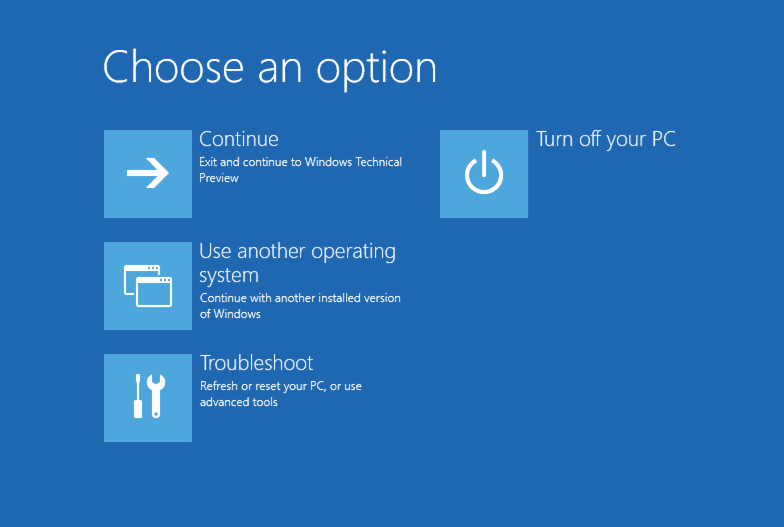
While in Safe Mode, use File Explorer to locate and delete the files that were previously locked, then simply restart your device as you would normally to exit Safe Mode.
- Tip
- Before we delete the undeletable files by wiping the whole partition, you must backup other useful files in advance. Once you start the erasing process, you can't be canceled it until it is finished. Do remember to check the folders again to avoid data loss.
Method 4. Delete File that Cannot Be Deleted Using a Third-party Tool
There are many third-party applications that can help you with this problem and delete locked files. One tool that might help you with this problem is Qiling BitWiper. It can help to clean up junk files and wipe the whole data. It's fully compatible with Windows 11/10/8/7 etc.
Free download this software and start deleting undeletable files now.
Step 1. Launch Qiling Disk master and click "File Shredder".
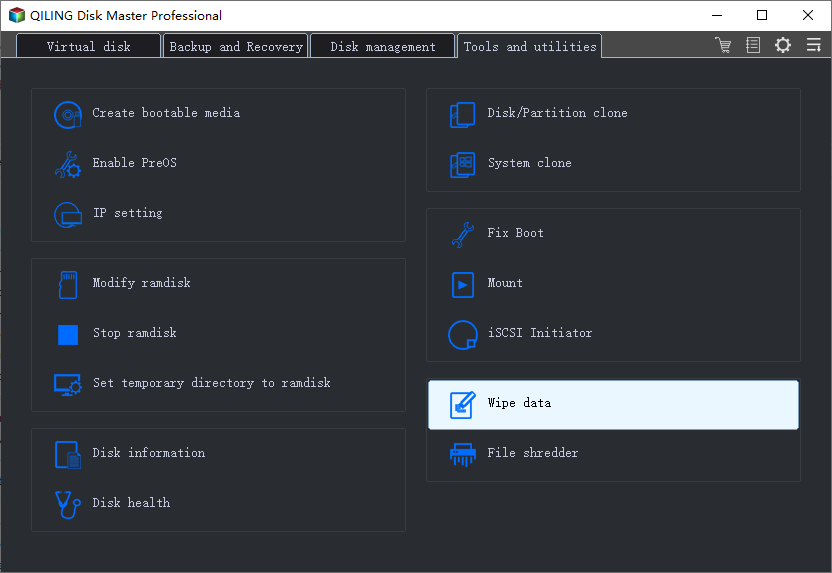
Step 2. Select the files you need to shred, or you can drag files, documents, images, music files, etc., into the center area.
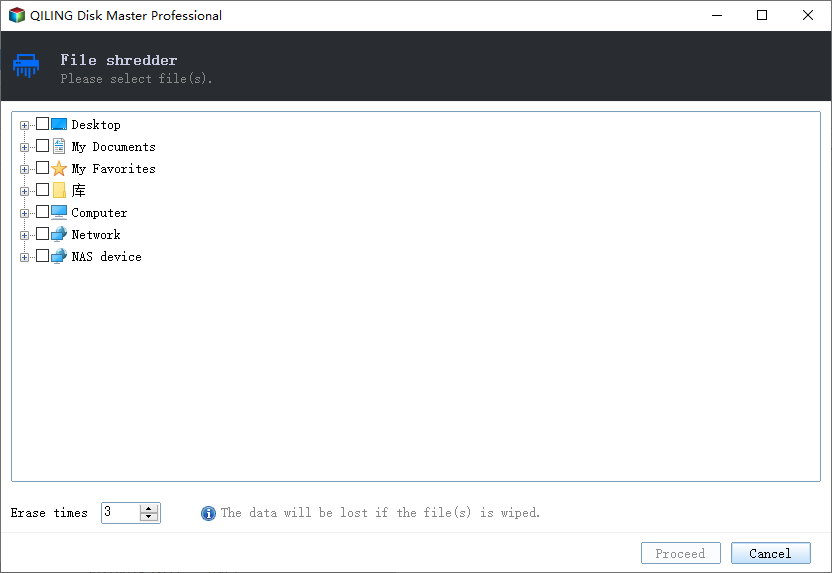
Step 3. Set number of erase times and click "Proceed", then the program will immediately shred all the selected files.
It's important to note that unlocking and deleting files on Windows 11/10 may cause system and program issues, depending on the type of files you're trying to unlock. So be careful of what you delete if you're not sure of the consequences.
Video Guide - Fix Can't Delete A File or Folder on Windows 11
This tutorial released by Britec09 shows you how to force delete a files and folders using command prompt, powershell and unlock-it.
- Use CMD - 1:06
- Run Powershell - 4:34
- Unlock software - 5:31
Bonus Tips - How to Recover Deleted Files or Folders
There are times you mistakenly deleted a needed file on your Windows 11, 10, 8.1, 8, 7 computers, we also provide you with additional help. You can recover deleted files with easy-to-use data recovery software. Deep Data Recovery is my recommendation. It is the best file recovery software that allows you to:
- Restore data from internal and external hard drives, SSD, USB flash drive, SD card, etc.
- Retrieve lost videos, photos, Word files, music, and more.
- Repair corrupt/damaged photos, and repair MP4/MOV files.
- Download and install Deep Data Recovery on your computer and follow the operations below to recover deleted files.
Step 1. Select file types and click "Next" to start
Launch Deep Data Recovery software. Select file types and click "Next" to start.

Step 2. Select the location to scan
Choose the specific device and drive where you have permanently deleted files using Shift delete or emptying recycle bin. Then, click the "Scan" button to find lost files.

Step 3. Check the results
The software will automatically start scanning all over the selected drive. When the scan completes, select the "Deleted Files" and "Other Lost Files" folders in the left panel. Then, apply the "Filter" feature or click the "Search files or folders" button to quickly find the deleted files.

Step 4. Recover deleted files
Select the deleted files and click "Preview". Next, click "Recover" to save them to another secure location or device.
How to Delete Files that Cannot Be Deleted FAQs
As for how to delete files that cannot be deleted on Windows 11/10, hope the above solutions can help. If you still have problems, read the following questions and answers.
How do you force delete a file that won't delete?
- To do this, start by opening the Start menu (Windows key), typing run, and hitting Enter.
- In the dialogue that appears, type cmd and hit Enter again.
- With the command prompt open, enter del /f filename, where filename is the name of the file or files (you can specify multiple files using commas) you want to delete.
How to force delete folder?
To force delete folder: It is recommended trying Shift + Delete to permanently delete a file or folder. Besides this shortcut, Command Prompt, Safe Mode, and third-party file shredder software can give a back.
Can't delete a file is open in the system?
To Overcome the "File in Use" Error:
- Close the Program. Let's start with the obvious.
- Reboot your computer.
- End the Application via the Task Manager.
- Change File Explorer Process Settings.
- Disable the File Explorer Preview Pane.
- Force Delete the File in Use via the Command Prompt.
How do I end a DLL process?
- Go and find the "Search" button in the "Start" menu. You should search "All files and folders".
- Then type the name of that DLL file you want to stop running into the search dialogue box.
- Locate the DLL file and write down the full file path for the DLL file.
Can I delete Aow_drv?
No. No matter how much you try but you cannot delete aow_drv. It is a log file and you cannot delete this file.
Conclusion
This post provides you with four effective solutions. Most users say that they have solved their problems after they have tried Method 1. And Method 1 is my first choice. If you have some alternate solution to this problem, and you'd like to share it with us, please tell us, our readers would love to read it.
Related Articles
- 3 Ways to Convert Dynamic Disk to Basic Without Data Loss (Free/Paid)
- How to Hide or Unhide Partition in Windows 11 [3 Tools]
- How to Fix Windows 11 Error 0xc0000005? Answer Is Here!
- Effective Fixes for Hard Drive Not Detected in Windows 10 Installation